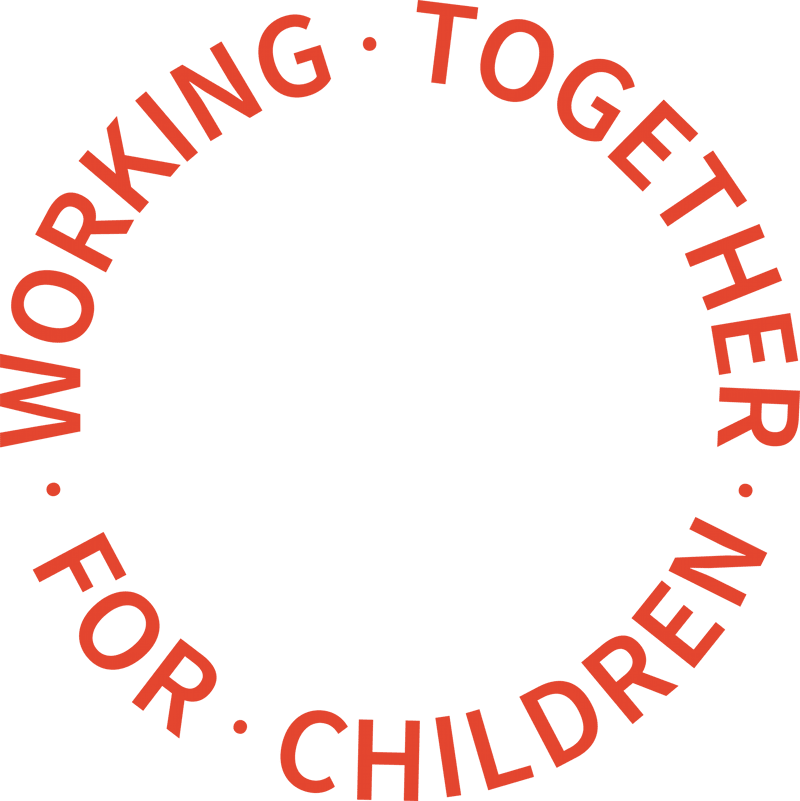Singer, song-writer and global superstar Harry Styles helped a fan ‘come out’ at Wembley Stadium, it has been reported.
Styles was performing when a sign reading “From Ono To Wembley: Help Me Come Out” caught his attention. The singer then grabbed a Pride flag from the front of the stage and encouraged the stadium to ‘make some noise’ and encourage the fan to come out as gay.
Styles, who actively promotes diversity and inclusivity, then said: “Congratulations, you are a free man,” blowing him some kisses to mark the occasion.
The momentous occasion is something to be celebrated, especially as Pride, in its 50th year since its first march in London, has actively campaigned for more inclusivity for people from the LGBT+ community.
Great step forwards
However, there are still many young people who are fearful of coming out and who are at risk of homophobic, biphobic or transphobic bullying or hate crime.
The charity Stonewall says the government announcement of new regulations for teaching Relationships and Sex Education in England in April 2019 was a “great step forward in the fight for equality, marking a significant change in the way children and young people are taught about LGBTQ+ relationships and identities”. The charity warns there is still some way to go.
The regulations mean that since September 2020, all secondary schools in England have been required to teach Relationships and Sex Education, and all primary schools in England have been required to teach Relationships Education (RE).
Schools can decide exactly how they teach RSE and RE, but the guidance sets out the key information that pupils should be taught.
- At secondary level, all schools must teach about sexual orientation and gender identity.
- At primary level, all schools must teach about different family types, which can include LGBTQ+ families.
“The new guidelines on Relationships and Sex Education mean that all students – LGBTQ+ or not – who attend school in England will be taught about what safe and healthy relationships look like and how to have them,” a statement from Stonewall said.
“The guidance that was being used before this was last updated in 2000, over two decades ago. This was even before the repeal of Section 28, the law which banned discussions of same-sex relationships in schools. As such, the guidance excluded LGBTQ+ people and families.”
“The new guidelines will better reflect the world that we now live in, covering important issues like consent and online safety alongside LGBTQ+ identities and relationships,” it added.
“It’s ok to have two mums or two dads”
The regulations set out that for primary schools:
- Relationships Education must be taught in all schools in England
- It is recommended that schools teach Sex Education too, although they can choose not to
- All schools should teach about different families (which can include LGBTQ+ parents), along with families headed by grandparents, single parents, adoptive parents, and foster parents/carers, among other family structures.
For secondary schools the guidance states that:
- RSE must be taught in all schools in England
- Sexual orientation and gender identity must be explored at a timely point
- Same-sex relationships should be included within lessons discussing healthy and stable relationships
- Schools should ‘be alive to issues such as everyday sexism, misogyny, homophobia and gender stereotypes’ and take positive action to build a culture where these are not tolerated.
The charity outlines that prior to the guidance, lots of primary schools were already doing great work to teach their children about different families, and to prevent and tackle homophobic, biphobic and transphobic bullying.
The difference the regulations makes is that every school will need to teach children about relationships and families. The guidance for primary schools says that this can include LGBTQ+ families. In practice, that means teaching children that it’s OK to have two mums, two dads or another family structure, such as being cared for by grandparents, single parents, or adoptive/foster parents.
Negative experiences
While teachers must now ensure that children can discuss LGBT+ issues, the NSPCC warns that all adults who work with LGBTQ+ children and young people need to understand the challenges they might experience and know what action to take to support and help keep them safe.
People’s perceptions of, or ideas about, LGBTQ+ young people’s identity can make children more vulnerable to negative experiences or interactions. These might include:
- Experiencing homophobia, biphobia and transphobia
- Feeling the pressure of sexual and gender norms
- Having to manage their sexual and gender identity across different life areas
- Feeling isolated or different from families and friends
- Concerned about people’s responses to their identity
- Having complicated or negative feelings about their gender identity or sexuality
- Experiencing gender dysphoria.
The charity warns that children often tell Childline counsellors about experiencing negative reactions from family members after coming out, being afraid of not being accepted by their family and worrying about not being able to be themselves at home.
Children and young people from the LGBT community are also at risk of homelessness, mental health problems such as anxiety, isolation, online abuse, bullying and child sexual exploitation.
“If LGBTQ+ young people are unable to get information about sex and relationships from school or family, they might seek advice and support from people in adult spaces, such as gay clubs. This is particularly true of young people who live in rural areas or in communities where their gender identity or sexuality is not accepted. Adult spaces don’t have the same safeguarding and child protection measures in place as spaces specifically for children. Children might be pressured or coerced into doing something they don’t want to do, particularly if they are already isolated and don’t have anywhere else to turn for support,” said the charity.
Safeguarding LGBT children and young people
The NSPCC states that all organisation’s policies and procedures should set out how to will create a safe, supportive and inclusive environment for all children and young people. LGBTQ+ children and young people should be fully represented in all policies and procedures to ensure that the organisation is fully inclusive.
All organisations that work with children and young people need to have a safeguarding and child protection policy and procedures which should set out a commitment to protect all children regardless of their age, disability, gender reassignment, race, religion or belief, sex or sexual orientation.
The safeguarding and child protection policy should recognise the additional risks and vulnerability factors for LGBTQ+ children and young people.
Concerns about LGBTQ+ children and young people should be dealt with sensitively, taking into consideration any complicated feelings they might have about their sexuality or gender identity, the charity adds.
The NSPCC highlights that in England, the Department for Education has published non-statutory guidance for schools on the Equality Act 2010 which provides guidance on how schools should ensure that children and young people aren’t discriminated against because of their sexual orientation or gender reassignment.
Ofsted published a research commentary on teaching about sex, sexual orientation and gender reassignment. This shares examples of good practice and covers school culture, the curriculum, teaching about sexuality and gender and engaging with parents. It also includes good practice.
Open minded
The NSPCC states: “It’s important to remember that any child or young person you’re working with could be LGBTQ+, whether or not they have told you about their identity. You should aim to understand the lived experience of every child, the risks that might be present and how that interacts with their life and identity.
“You could ask children and young people their pronouns, chosen name and how they would like to be referred to.
“Make it clear to the children and young people you work with that you’re someone they can talk to about their identity and feel safe with. Be open minded and don’t make assumptions about a child’s sexuality or gender identity. Always consider how gender identity or sexuality could impact on their life and any risks they might face,” the charity concludes.
Head of Practice at WillisPalmer Lucy Hopkins said: “When working with children and young people or undertaking child and family assessments, it is always important to understand the child in the context of their own environment and really understand what life is like for them. For LGBTQ+ children and young people this means talking to them about what their identity means to them, how it may impact on them, and whether they feel emotionally supported by those around them who form their care and support network.
“LGBTQ+ children and young people may feel worried about not being accepted by their family or peers, feel a lack of representation and not knowing other young people or adults who they can connect with or view as positive role models. This can lead to feelings of isolation, loneliness, low self-esteem, and ultimately poor mental health.
“It is therefore even more important that as social workers we promote equality and diversity as LGBTQ+ allies, to better understand the children and young people we work with and to be in the best position possible to provide them with any support they may need to be able to live their lives, be proud of who they are, and reach their full potential as they move into adulthood,” concluded Lucy.
More about Safeguarding LGBTQ+ children and young people



